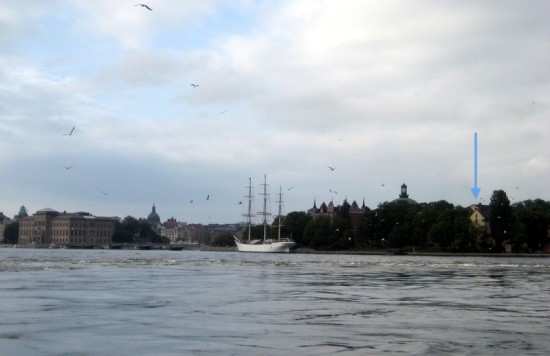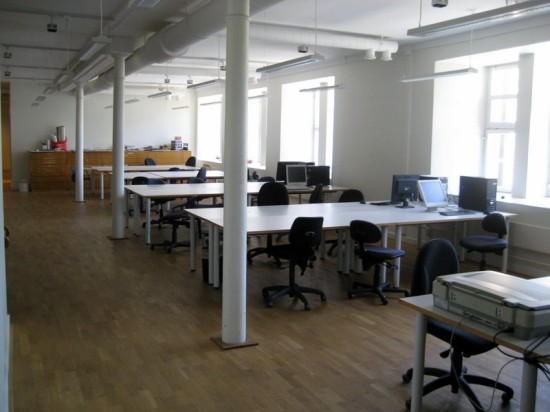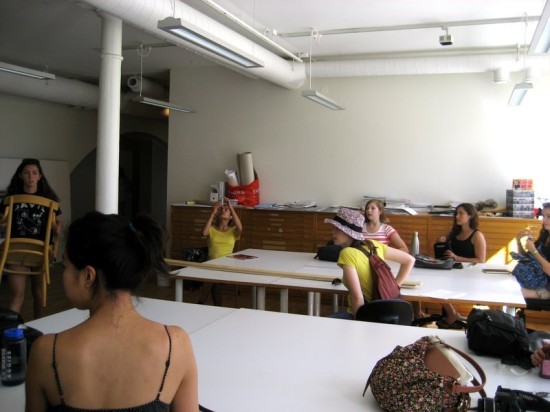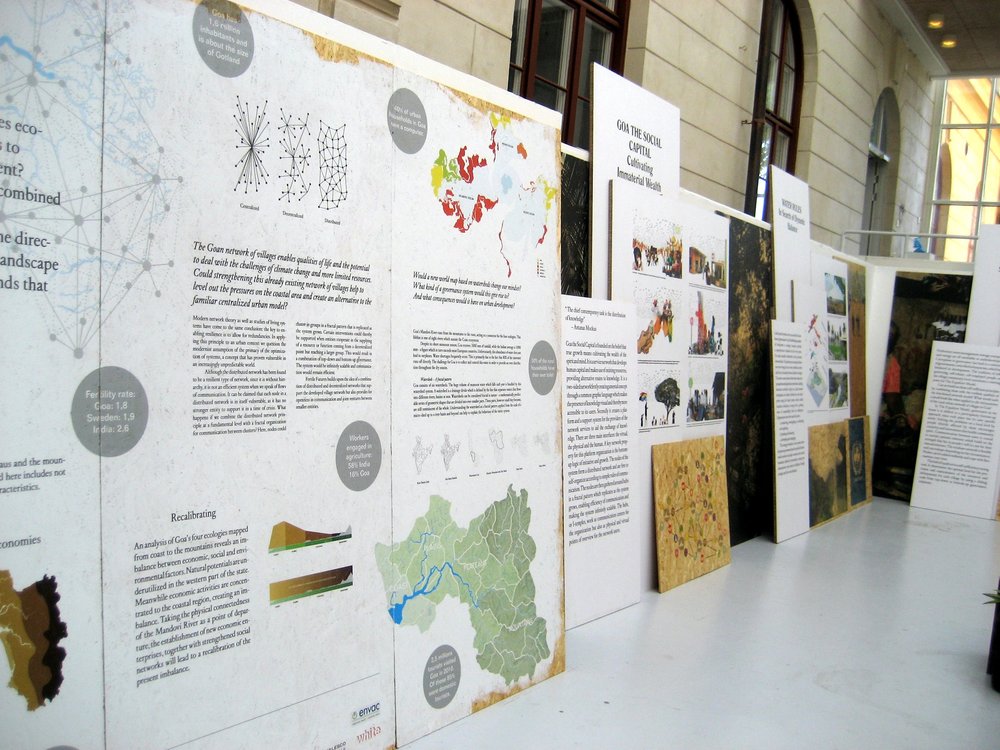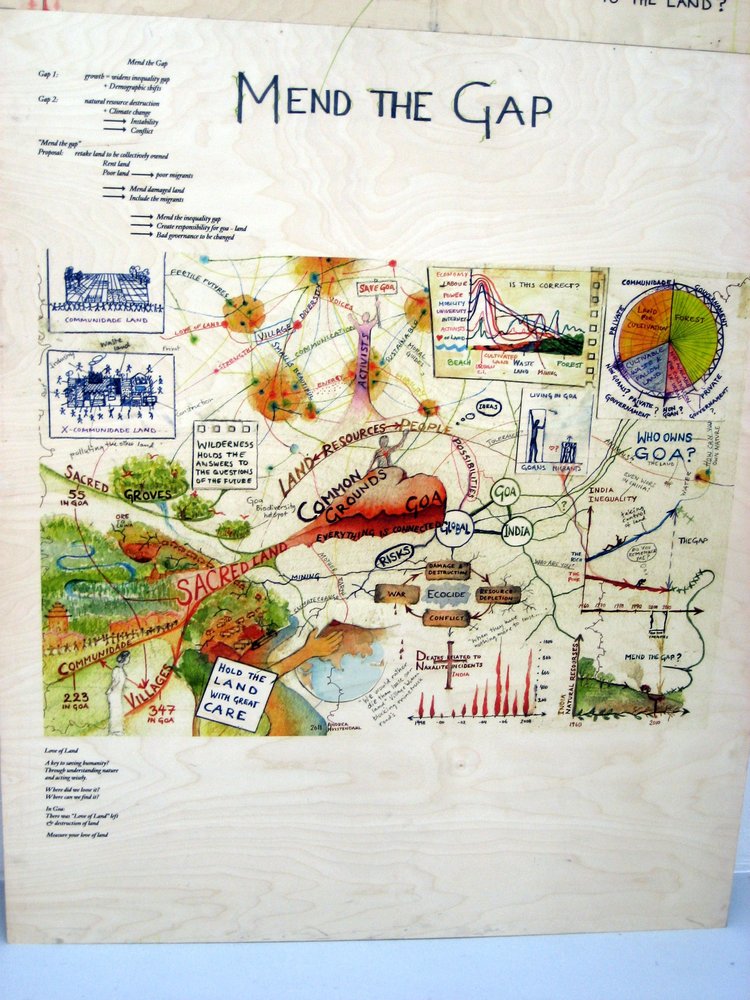In Stockholm, our homebase for the class was at the The Royal Institute for Art. The Institute was kind enough to give us access to a classroom for the whole week we were in Stockholm. We would have lectures in the classroom every morning from 9am-12pm, followed by tours and presentations around the city in the afternoon. The Institute is located on an island directly across the harbor from Old Town Stockholm.
One day we were lucky enough to have the director of the Architecture Department give a brief presentation about a post-masters program in urbanism offered by the Institute. The program only has about 30 students and is entirely project-based. The goal of each specific project is to identify a problem developing in an urban environment somewhere in the world, then attempt to understand the cultural and social issues before offering a solution. The topic of the project shifts every year and the multi-diciplinary team is made up of designers, artists, economists, architects, journalists, and engineers. Previous topics include diminishing natural resources (primarily the notion of peak oil), urban planning in Cape Town, and redeveloping the Los Angeles River. Students spend time in country working on the project. The focus of the project for the past year was the state of Goa in India. Students studied how Goa differed from other parts of India and developed potential solutions to prevent the negative impacts urbanization is posing to the region’s biodiversity. We had the opportunity to view one part of the final report, a visual display printed on 4×8 pieces of plywood. The resulting layout and graphics were beautiful and really convey the scope of the project and the work that went into it.
My favorite pieces were done by an artist who was part of the team. She asked what connection do you have to the land and illustrated widening gaps in inequality and natural resource destruction. Make sure to view them full screen or download the full size version so you zoom in on the text.

